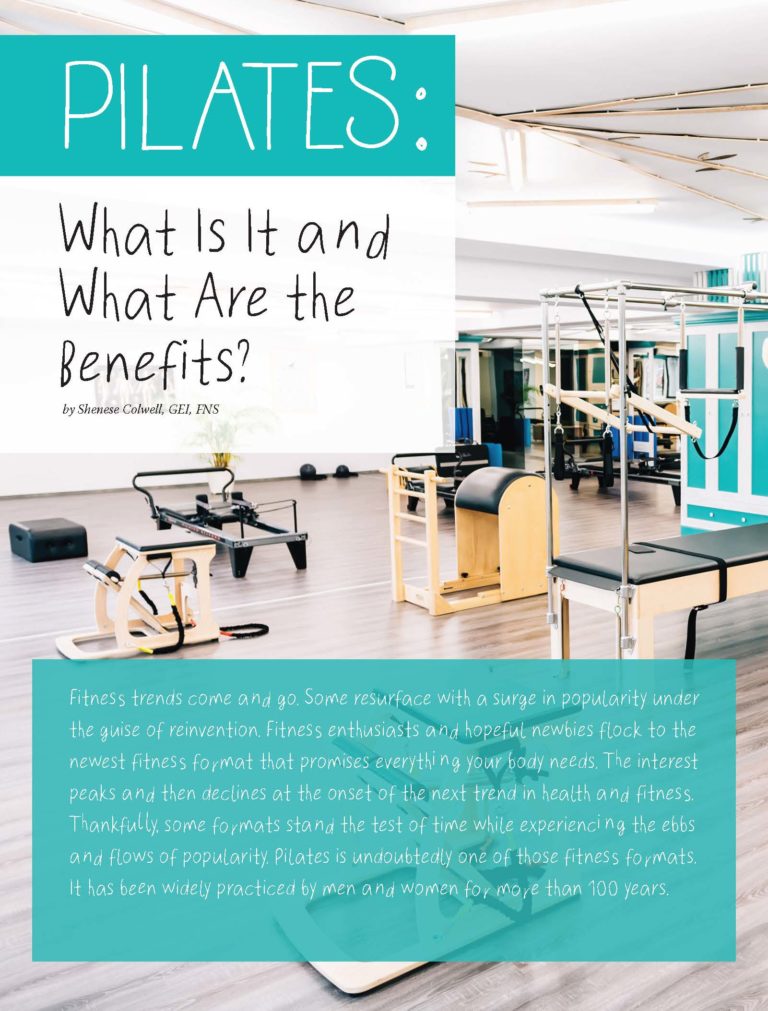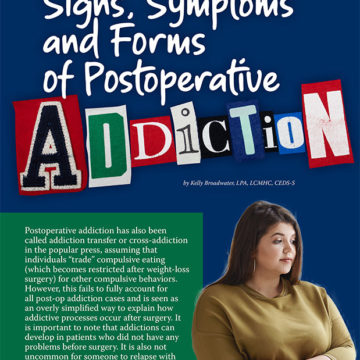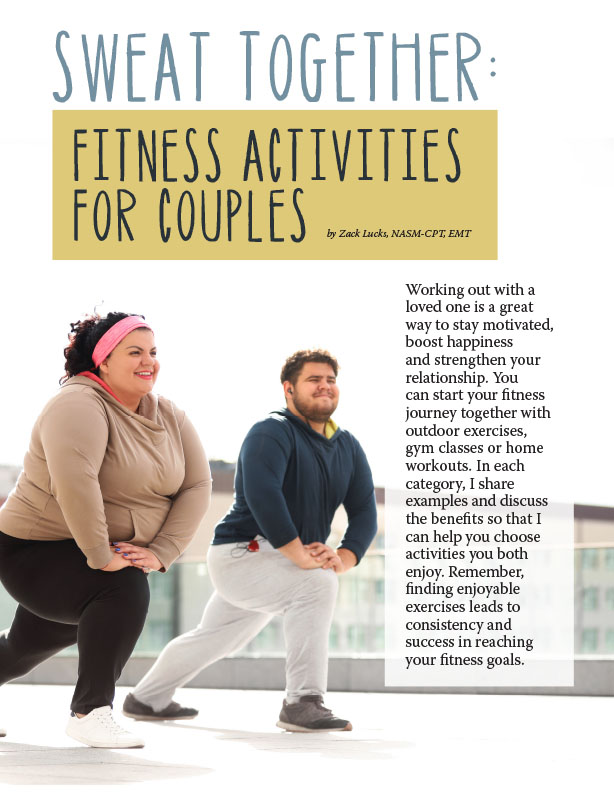Pilates: What Is It and What Are the Benefits?


by Shenese Colwell, GEI, FNS
Winter 2023
Fitness trends come and go. Some resurface with a surge in popularity under the guise of reinvention. Fitness enthusiasts and hopeful newbies flock to the newest fitness format that promises everything your body needs. The interest peaks and then declines at the onset of the next trend in health and fitness. Thankfully, some formats stand the test of time while experiencing the ebbs and flows of popularity. Pilates is undoubtedly one of those fitness formats. It has been widely practiced by men and women for more than 100 years.
What is Pilates?
Created by and named after Joseph Pilates in 1920, Pilates was instrumental in the rehabilitation and corrective exercise movement. Joseph suffered illnesses in his youth that led him to try exercise and various forms of physical activity to help treat and manage his health conditions. As his health improved, he attributed it to his active lifestyle. He began sharing the benefits of movements he believed were essential to rehabbing ailments many people experienced. Joseph thought that for many of us, our lifestyles were the root cause of our illnesses, aches and pains. Joseph set out to explore, prove and correct the imbalances in his clients’ bodies that he believed resulted from limited movement, incorrect posture and overused/underused muscles. He said these were the underlying causes of various ailments and a hindrance to what he thought of as total mind-body wellness.
Pilates (initially Contrology) is often confused with being a form of yoga. While there may be similar elements, Pilates is more about control and stability. The essence of this low-impact exercise focuses on the core muscles: lower back, pelvis, abdomen and hips. The goal of Pilates is to improve posture, flexibility and strength to help prevent injuries and balance the muscles. The attention of Pilates centers on the correct alignment of the pelvis, shoulder girdle, spine, head and neck as much as possible to create stability and strength in the body. It is also often mistaken as a stretch-centered workout, which gives the impression of “easy.”
On the contrary, the continuous practice of challenging and stabilizing the core while incorporating efficient breathing patterns is present during the exercise sequences in Pilates. You can make exercise sequences more challenging or easier by using various apparatuses and props. The modifications are endless! This flexibility in level of difficulty makes Pilates workouts adaptable to just about every body type and a wide range of pathologies — including, but not limited to:
- Scoliosis
- Pregnant clients
- Shoulder injuries
- Herniated discs
- Osteoporosis
What Fitness Level is Pilates?
Pilates is a fitness format for everyone. The movements in Pilates are highly effective and efficient for beginners and people with joint issues. It is also ideal for those with physical limitations that often make other workout formats more difficult. At the same time, it is also excellent for building and maintaining control and strength for those who are already physically active. You can create a Pilates workout that will help you progress from a novice to a pro with consistency, various props and apparatuses, and dedication.
People with specific injuries and specialized populations often gravitate to Pilates under a referral from their doctors or, most times, in combination with other therapies. Using a wide variety of apparatuses allows Pilates to be highly adaptable and adjustable to a vast range of bodies at all fitness levels. In addition to the groups mentioned, Pilates has remained a mainstream fitness format that attracts athletes, dancers, performers and a wide range of movement enthusiasts.
What Are the Benefits of Pilates?
Pilates classes challenge every muscle group in the body, providing a total body workout with every session. The attention on engaging the core and aligning the spine while practicing efficient breathing patterns is instrumental in helping clients learn how to stabilize their bodies while performing the movements. This helps build core strength that improves so much of what we do daily and, ultimately, how we move overall.
Building your core muscles helps improve your posture, balance and movement. Consistent practice will allow you to see the same benefits you would gain from strength training and toning exercises. Increased range of motion, better posture, a stronger back and greater flexibility are just a few of the widely noted benefits of Pilates. Moreover, regular Pilates practice can provide increased endurance and greater focus.
What Equipment Do I Need for a Pilates Class?
Pilates practice is generally done using equipment in a studio, but it can be done without equipment as well. It is highly recommended that a beginner starts with mat practice. Mat Pilates relies more heavily on your body’s ability to stabilize and engage to perform each exercise in the repertoire. This is the foundational principle in Pilates practice. Fun fact: there are 34 exercises in the Mat repertoire! However, the widespread consensus is the element of fun and perceived authenticity of the exercise using specialized equipment — namely, the reformer.
The reformer is one of the most famous pieces of Pilates equipment. It is best described as a bed-like frame with an adjustable foot bar, moving platform (carriage), straps attached to ropes to accommodate the feet and hands, and an assortment of springs to adjust the resistance based on the user’s fitness level, strength, and ability to stabilize during the movement. The reformer takes the workout to another level and provides unlimited options for training as you progress in your practice. It is undoubtedly my favorite piece of equipment.
Another popular but intimidating Pilates apparatus is the Cadillac or Trapeze Table. One look at a Cadillac, and it is easy to see why most people are a bit overwhelmed. Not only does it take up a significant amount of space, but the ropes, bars, springs and loops hanging off could confuse a novice. It resembles a large canopy bed with a cushioned mat. The Cadillac is excellent at adding the challenge of gravity to your practice. As with the mat and reformer, many exercises can be done and elevated to another level on the Cadillac. The amount of space and a higher experience level often limit this equipment to primary use in private studio sessions.
Other popular items used in Pilates include:
- The Chair: A cushioned backless “chair” with springs and a pedal that allows for varying resistance for various upper-body and lower-body exercises. Some chairs have handles for added challenges and safety.
- The Barrels: Various-sized barrels (rounded/domed pieces) allow for modifications (regressions or progressions) and spine support in exercises. These include the baby barrel (smallest of the barrels), ladder barrel (largest of the barrels), and the Spine Corrector.
Pilates studios are widespread and abundant in many states. The practice’s popularity continues to grow, and the ease of access to physical and virtual content and classes is trending to bring Pilates to the mainstream. The resurgence over the last few years has hardcore enthusiasts investing in equipment for home use. Undoubtedly, the benefits are worth the cost of the pricey pieces. A reformer or a Cadillac can cost as much as $8,000-$10,000. Considering the price of Pilates classes (which cost a bit more than other fitness classes), purchasing equipment for home use makes sense for those dedicated to the practice. However, classes at clubs, gyms and studios with equipment are a great option to experience the benefits, receive guided instruction and build community.
Conclusion
With a long history of success and quantifiable benefits, it’s a great time to check out the Pilates practice and experience. As with any exercise, there are risks of injury. It is essential and recommended to get clearance from your doctor and to try classes with a certified professional to ensure proper movement and necessary assessments for your body and programming.
The popularity with many different populations is quite a testament to the benefits. Results are not immediately noticeable, but they will come over time. Improvements to your posture as your core strength improves, focus and stability, and the benefits of better movement are all results of regular Pilates practice. If you prefer cardio-based workouts, I challenge you to add a Pilates class to your routine. As I always say, find a movement that works for you. Mix it up, but ultimately… just move!
About the Author:
Shenese Colwell, GEI, FNS, is a gastric bypass surgery patient and the Owner/Founder of L.A.B. Work & Fitness (Life After Bariatrics). Having maintained a weight-loss of over 100 lbs. over the last 10 years, she is passionate about helping clients reach their fitness goals and adopt lifestyles of frequent, effective movement to enhance mental and physical health. Fueled by her continuous pursuit of knowledge and support in nutrition, fitness and motivation, Shenese has fallen in love with barre and Pilates and the essence of what they do for aging bodies and ALL bodies. She is a certified fitness instructor, health coach and fitness nutrition specialist. She teaches barre and Pilates classes, mentors others, and advocates for aging wellness/active aging and ending obesity bias.
by Yelena Kibasova Spring 2024 The fitness world is evolving, with new trends and innovations that promise…
Read Articleby Zack Lucks, NASM-CPT, EMT Winter 2024 Working out with a loved one is a great way…
Read Articleby Nina Crowley, PhD, RD (with Inspiration from Shawn Cochran) Winter 2024 Dating, no matter your age,…
Read Article








